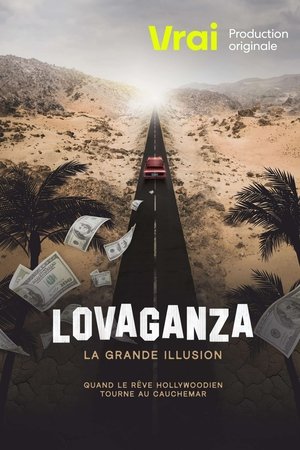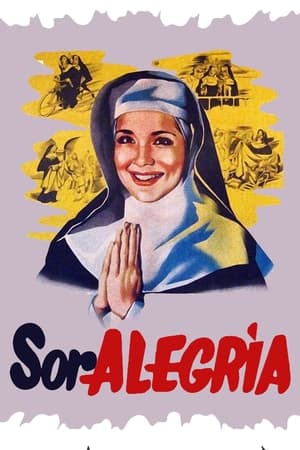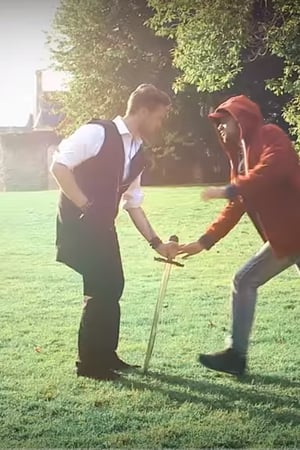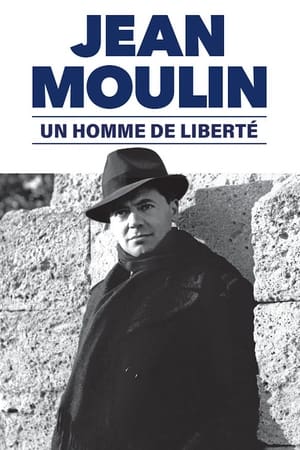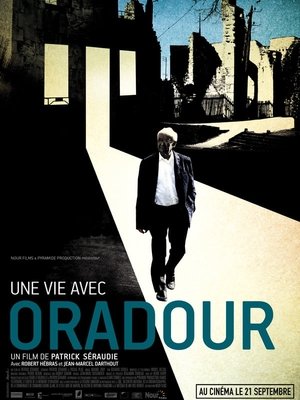
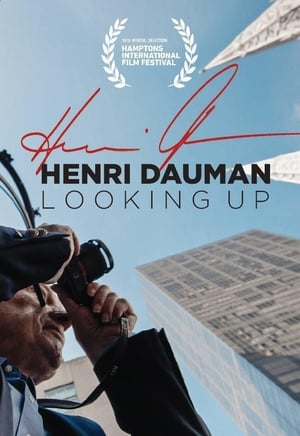
Henri Dauman: Looking Up(2019)
The perfectionist Life magazine photojournalist, famous for his pictures of Elvis, Jackie, and Marilyn, makes an emotional return to France, where he and his Jewish mother almost during World War II.

Movie: Henri Dauman: Looking Up

Henri Dauman: Looking Up
HomePage
Overview
The perfectionist Life magazine photojournalist, famous for his pictures of Elvis, Jackie, and Marilyn, makes an emotional return to France, where he and his Jewish mother almost during World War II.
Release Date
2019-10-06
Average
5
Rating:
2.5 startsTagline
Genres
Languages:
Keywords
Recommendations Movies
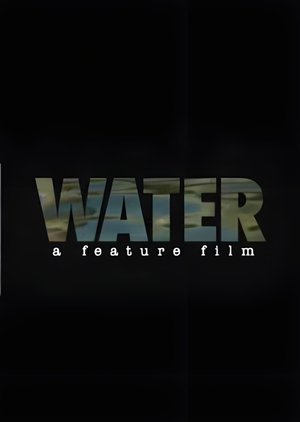 9.0
9.0Water(en)
On an East Coast Island off season, a woman's naked and badly beaten body washes ashore. Jessy Turner , the sister of the murdered woman, comes to the island to identify her sister's body and to investigate her murder. In the course of the investigation she becomes involved in a passionate relationship with the local sheriff. Together, they unearth an even more evil secret from the Island Community's past...
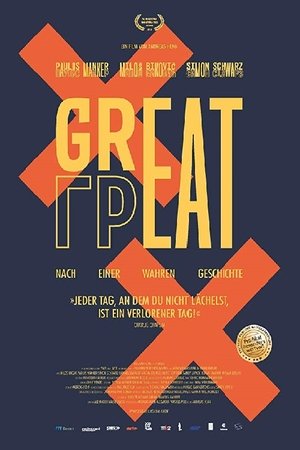 4.0
4.0Great(en)
Did the Nazis ever see Charlie Chaplin's 'The Great Dictator'? Yugoslavia, 1942 - The young Serbian projectionist Nikola Radosevic decides to teach the German oppressors a lesson they won't forget. The beginning of a true and astonishing World War II resistance story.
 6.7
6.7Lake of Dracula(ja)
A young girl suffers a terrifying nightmare of a vampire with blazing golden eyes. Eighteen years later, it is revealed to be a hellish prophecy when a strange package containing an empty coffin mysteriously turns up at a nearby lake.
 5.1
5.1Meet the Mayor(en)
A new piazza proposed for Leicester market is met by public opposition. This is a city described by one local historian as unromantic, so what do the developers expect?
 7.0
7.0Backward Creep(en)
A group of cosplayers on the way to an anime convention think they’ve run over a pedestrian in the road but there’s something more nefarious going on.
 4.9
4.9Road(en)
An elder brother who lived a life of crime but left to show his younger brother the lifestyle is not fit for anything. Years later his younger brother takes his footsteps in the life of drugs/crime, to a deal gone wrong his younger brother is murdered, his elder brother steps back into his crime ways and to find and avenge his younger brother's death.
 6.0
6.0Harmonies of Paris(fr)
Harmonies de Paris, restored by the Cinémathèque Française in the 1990s, was shot entirely on panchromatic film and was meant to be a documentary tour of Paris in thirteen thematic chapters. The subject is a tourist group arriving in the French capital by airplane, which explains the many shots of monuments and other canonical places.
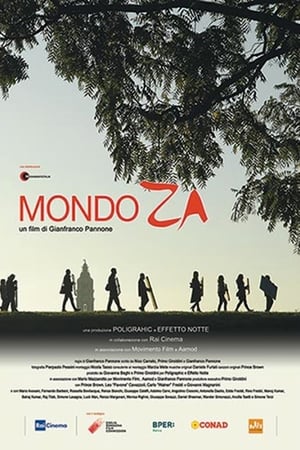 5.2
5.2Mondo Za(it)
Documentary about Bassa Reggiana, that region of Emilia crossed by the Po river that was the world of the great screenwriter and master of Neorealism Cesare Zavattini.
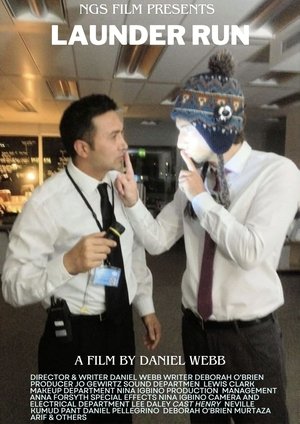 9.7
9.7Launder Run(en)
Launder Run tells the story of Jake, a man returning to his gritty hometown after years away, carrying the weight of a troubled past. The film opens on a rainy Saturday afternoon as Jake trudges through a bleak estate, visibly exhausted and clutching a plastic bag. Arriving at his sister Sue’s chaotic, unkempt flat, he confronts the ruins of his old life—a dirty fridge, a cluttered bedroom reduced to storage, and the ghosts of a once-close family. Seeking solace, he revisits his old pub, a place teeming with memories. As he steps inside, the bartender recognizes him with shock, hinting at Jake’s mysterious past and the reasons for his long absence. “Lounder Run” explores themes of homecoming, redemption, and the unshakable grip of one’s origins.
Little Pond in Main Street(ko)
Street vendors in Korea are almost like a national institution, they are so widespread and relied upon. In Little Pond in Main Street a group of vendors band together to create a community radio station but come into conflict with other groups, as well as the government trying to shut them down.
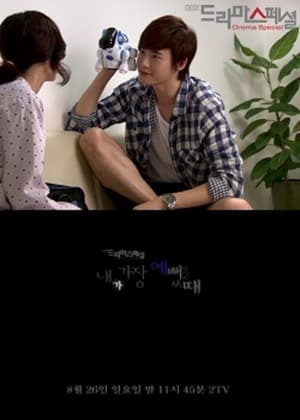 5.3
5.3When I Was The Prettiest(ko)
Sin Ae has been struggling with cancer for ten years now. Once again, she ends up being hospitalized for treatment. She starts sharing a hospital room with another girl who is looked after by her boyfriend. Little by little, the boyfriend begins to show interest to Sin Ae.
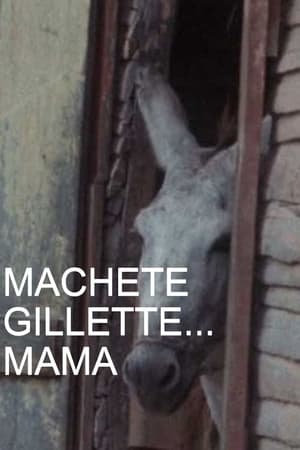 6.0
6.0Machete Gillette... Mama(en)
"With characteristic wit and rigor, experimental filmmaker Larry Gottheim here applies his impressionistic editing style to footage collected during his travels in the Dominican Republic. Gottheim’s formal emphasis on repetition and fissures between sound and image resonates here as a mode of sociological reflection (with the fragmentary montage mirroring elements of ritual while also destabilizing the ethnographic gaze). A largely overlooked antecedent to the contemporary blending of avant-garde and ethnographic filmmaking, MACHETTE GILLETTE… MAMA still poses a potent challenge to documentary convention." - Max Goldberg
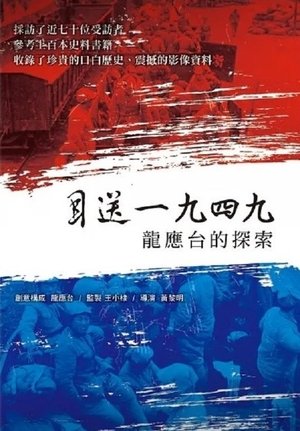 8.0
8.0Seeing Off 1949 - Lung Yingtai's Journey(zh)
Taiwanese writer and social critic Long Yingtai spent the last decade undertaking an ambitious project to record the untold stories of the Chinese Civil War that culminated in the Kuomintang's 1949 retreat to Taiwan. Based on her research as well as first-hand experiences collected through interviews, Long wrote the book "Big River Big Sea 1949," and, with the help of producer Wang Shau-di and director Huang Li-ming, also created this companion documentary. The film chronicles her yearlong journey visiting war survivors scattered throughout Taiwan, Hong Kong, and various places in mainland China, preserving a generation's precious memories in the form of a vivid oral history.
Similar Movies
 8.2
8.2Night and Fog(fr)
Filmmaker Alain Resnais documents the atrocities behind the walls of Hitler's concentration camps.
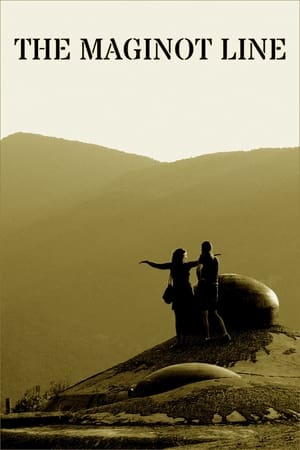 7.0
7.0The Maginot Line: France's Defensive Barrier(de)
The Maginot Line: thousands of subway bunkers and concrete defenses lining the French border from Belgium to the Mediterranean Sea, a monumental engineering feat that was celebrated as a technical masterpiece when it was created. When the impregnable wall was demolished by the unbeatable Nazi war machine in 1940, the conquered fortress became the shattered symbol of French defeat.
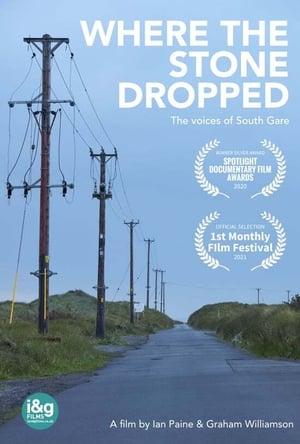 8.0
8.0Where the Stone Dropped(en)
Created in the Victorian era to widen the mouth of the River Tees for shipping, South Gare is a man-made peninsula extending four kilometres into the cold North Sea. Today, the industry it was built for has gone, but the Gare remains as a haven for all sorts of unexpected communities - kite-surfers, photographers, bird-watchers, scuba-divers and the people who simply appreciate its strange, lonely beauty.
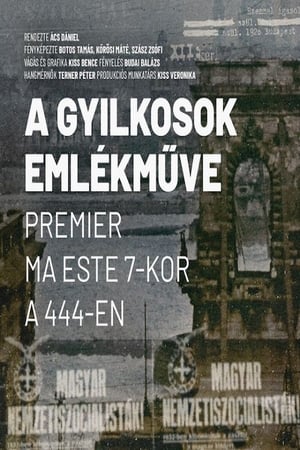 9.0
9.0Monument to the Murderers(hu)
A film about a district in Buda, which to this day cannot face the inconceivably cruel crimes committed by its former inhabitants.
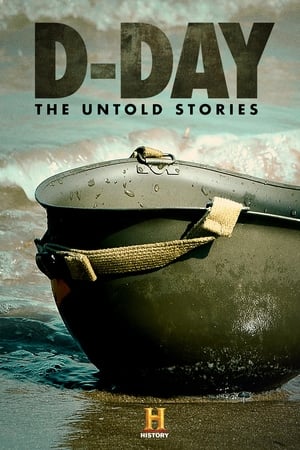 8.5
8.5D-Day: The Untold Stories(en)
To commemorate the 75th anniversary of D-Day, this special presents the key events of the Allied invasion of Nazi-held Europe and the subsequent battles that captured the control of the Normandy coast. Some of the last surviving veterans recall in detail the terror, patriotism and drama from the frontlines of war. This special also honors the diverse backgrounds of all who served.
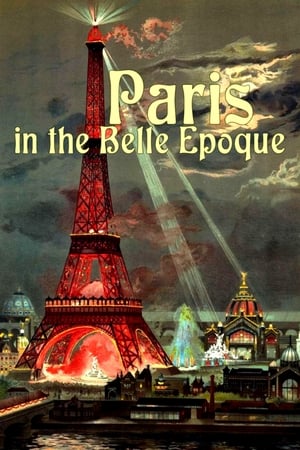 7.0
7.0Paris in the Belle Epoque(de)
The Bokelberg photographic collection brings to life the Paris of the Belle Époque (1871-1914), an exhibition of workshops and stores with extremely beautiful shop windows before which the owners and their employees proudly pose, hiding behind their eyes the secret history of a great era.
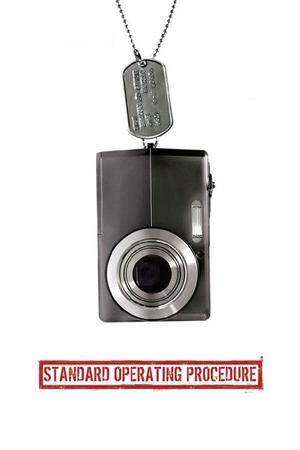 6.8
6.8Standard Operating Procedure(en)
Errol Morris examines the incidents of abuse and torture of suspected terrorists at the hands of U.S. forces at the Abu Ghraib prison.
 0.0
0.0The Body of Emmett Till(en)
Emmett Till was brutally killed in the summer of 1955. At his funeral, his mother forced the world to reckon with the brutality of American racism. This short documentary was commissioned by "Time" magazine for their series "100 Photos" about the most influential photographs of all time.
 7.0
7.0The Liberation of Auschwitz(de)
This chilling, vitally important documentary was produced to mark the 40th anniversary of the liberation of Auschwitz Concentration Camp. The film contains unedited, previously unavailable film footage of Auschwitz shot by the Soviet military forces between January 27 and February 28, 1945 and includes an interview with Alexander Voronsov, the cameraman who shot the footage. The horrifying images include: survivors; camp visit by Soviet investigation commission; criminal experiments; forced laborers; evacuation of ill and weak prisoners with the aid of Russian and Polish volunteers; aerial photos of the IG Farben Works in Monowitz; and pictures of local people cleaning up the camp under Soviet supervision. - Written by National Center for Jewish Film
 0.0
0.0In Battle Against the Enemy of the World: German Volunteers in Spain(de)
Nazi propaganda film about the Condor Legion, a unit of German "volunteers" who fought in the Spanish Civil War on the side of eventual dictator Francisco Franco against the elected government of Spain.
 0.0
0.0Ambassador of Remembrance(pl)
In September 1943, 17-year-old Stanisław Zalewski was arrested in Warsaw as a member of a Polish resistance group and taken to the Auschwitz-Birkenau extermination camp for labour service. From there, he was sent to Mauthausen and finally to the Gusen camp, where the prisoners were forced to work for the German armaments industry under inhumane conditions. For a long time, Stanisław Zalewski, like many other victims of Nazi terror, remained silent about his painful experiences. It was only after forty years that he began to talk about it, at events, memorial services, and in schools, and he continues to do so to this day, even at the age of 99. Now, for the first time, he tells his stirring life story in a film as a deeply impressive ‘ambassador of remembrance’.
 6.5
6.5Adolf Island(en)
Caroline Sturdy Colls, a world leader in the forensic investigation of Nazi crime scenes, is chasing clues to an unsolved case: a concentration camp that existed on the British island of Alderney. Witnesses and survivors claimed that thousands died there, but only 389 bodies have ever been found. Under heavy restrictions imposed by the local government, which may not want its buried secrets revealed, Colls must uncover the truth using revolutionary techniques and technologies.
 7.9
7.9Blood Money: Inside the Nazi Economy(fr)
How did Nazi Germany, from limited natural resources, mass unemployment, little money and a damaged industry, manage to unfurl the cataclysm of World War Two and come to occupy a large part of the European continent? Based on recent historical works of and interviews with Adam Tooze, Richard Overy, Frank Bajohr and Marie-Bénédicte Vincent, and drawing on rare archival material.
 5.7
5.7John Ford Goes to War(en)
When World War II broke out, John Ford, in his forties, commissioned in the Naval Reserve, was put in charge of the Field Photographic Unit by Bill Donavan, director of the soon-to-be-OSS. During the war, Field Photo made at least 87 documentaries, many with Ford's signature attention to heroism and loss, and many from the point of view of the fighting soldier and sailor. Talking heads discuss Ford's life and personality, the ways that the war gave him fulfillment, and the ways that his war films embodied the same values and conflicts that his Hollywood films did. Among the films profiled are "Battle of Midway," "Torpedo Squadron," "Sexual Hygiene," and "December 7."
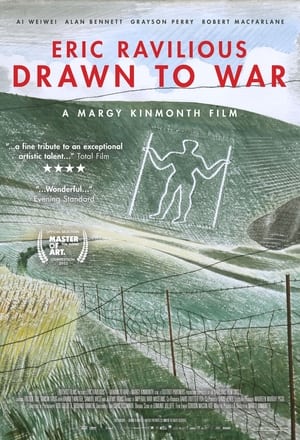 0.0
0.0Eric Ravilious: Drawn to War(en)
One of Britain’s greatest landscape artists, Eric Ravilious, is killed in a plane crash while on commission as Official War Artist in Iceland in 1942. His life is as compelling and enigmatic as his art, set against the dramatic wartime locations that inspire him. This film brings to life this unique and still grossly undervalued British artist caught in the crossfire of war 80 years ago, whose legacy largely sank without trace, until now…
 0.0
0.0Alene Duerk: First Woman to Make Admiral(en)
Following the tradition of military service in her family, Alene Duerk enlisted as a Navy nurse in 1943. During her eventful 32 year career, she served in WWII on a hospital ship in the Sea of Japan, and trained others in the Korean War. She became the Director of the Navy Nursing Corps during the Vietnam War before finally attaining the rank of Admiral in the U.S. Navy. Despite having no other women as mentors (or peers), Admiral Duerk always looked for challenging opportunities that women had not previously held. Her consistently high level of performance led to her ultimate rise to become the first woman Admiral.
 5.9
5.9Shooting War(en)
A remarkable film that takes a special look at the first war to be truly reported and recorded by one of the more unsung heroes of World War II: the combat photographer. Through the unflinching eye of their camera's lenses, these courageous soldiers continually risked their lives in their brave attempts to capture history.
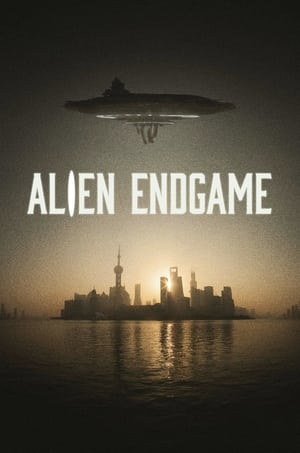 6.6
6.6Alien Endgame(en)
In 2021, a Pentagon report revealed what the US government had denied for decades -- UFOs are real and may even pose a threat to our planet. Now, ex-military members break their silence about the massive cover-up. Are we prepared for an alien invasion?
